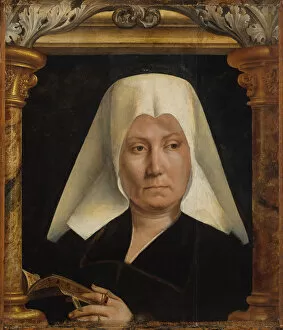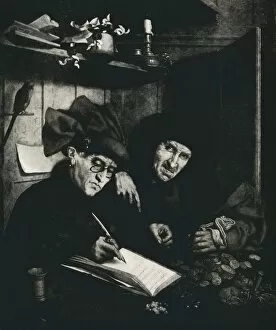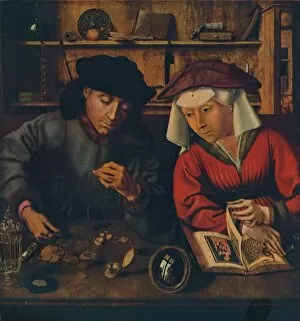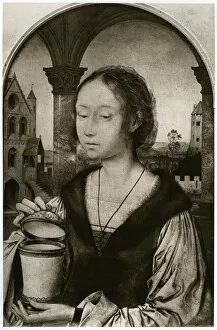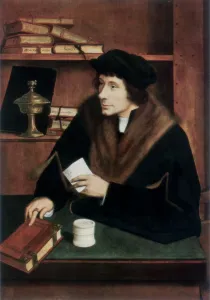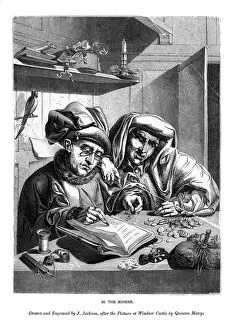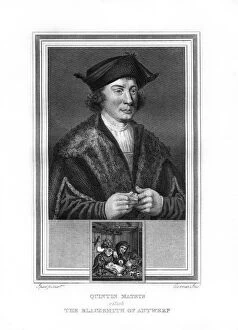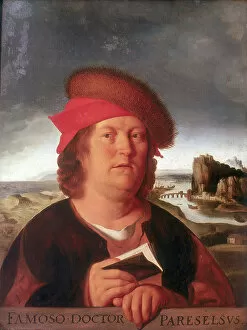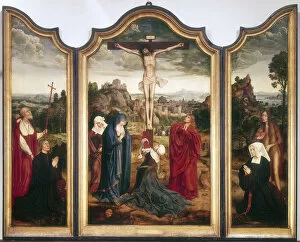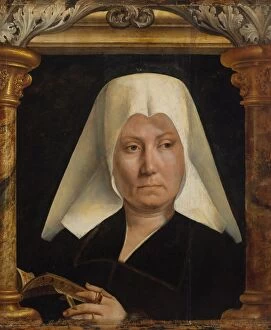Quentin Metsys Collection
Quentin Metsys, a renowned painter in the Flemish tradition, left an indelible mark on the art world with his captivating works
All Professionally Made to Order for Quick Shipping
Quentin Metsys, a renowned painter in the Flemish tradition, left an indelible mark on the art world with his captivating works. One of his notable creations is "Portrait of a Woman, " painted around 1520. In this masterpiece, Metsys skillfully captures the essence and beauty of his subject, bringing her to life through delicate brushstrokes and vibrant colors. Another remarkable piece by Quentin Metsys is "The Moneylenders" from c1515. This painting depicts the intricate world of finance during that era, showcasing the meticulous attention to detail for which Metsys was known. The figures in this artwork exude realism as they engage in their financial transactions. "The Moneylender and his Wife, " created in 1514, further showcases Metsys' talent for capturing human emotions. The expressions on both characters' faces reveal a complex narrative about love and trust within marriage while also highlighting societal perceptions surrounding money lending. Metsys also ventured into religious themes with works like "Head of Christ. " Painted during the fifteenth century, this piece demonstrates his ability to convey spiritual depth through subtle nuances in facial expression and lighting. In addition to these iconic paintings, Quentin Metsys explored various subjects throughout his career. His portrayal of St Mary Magdalene in 1927 exemplifies his versatility as an artist by depicting her with sensitivity and grace. "Petrus Aegidius, " another work from 1927, showcases Metsys' mastery over portraiture as he captures the essence of this individual's character through careful observation and skilled execution. One cannot discuss Quentin Metsys without mentioning "The Misers. " Created between 1480-1530 but immortalized by J Jackson's rendition in 1843, this painting reveals society's obsession with wealth at that time while also serving as a timeless commentary on greed itself.

